A glimpse into the BME Summer Scholars’ 10 weeks in Austin, Texas!
-Dominique WuDunn, Princeton University
, Filed Under: 2018, austin, fun, ut austin
A glimpse into the BME Summer Scholars’ 10 weeks in Austin, Texas!













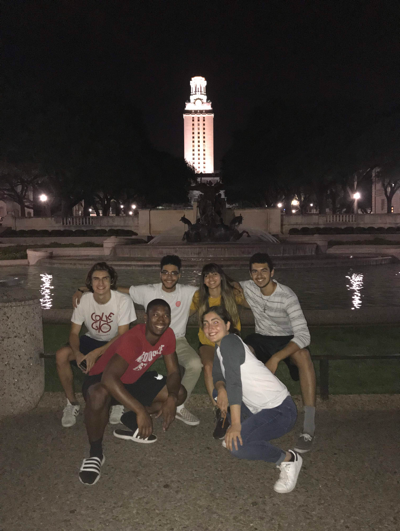
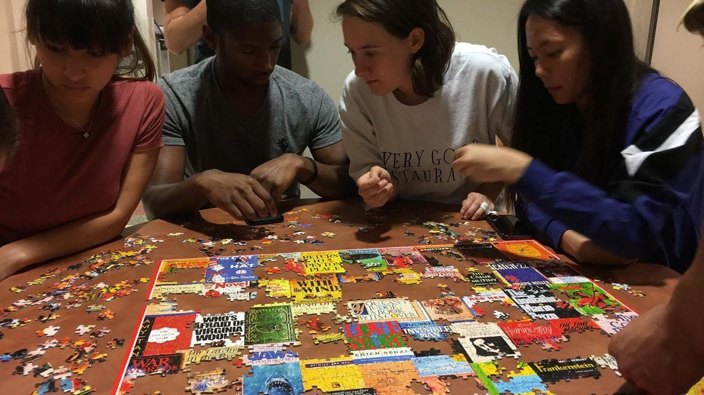
-Dominique WuDunn, Princeton University
, Filed Under: 2018, graduate school, learning, reflections
Hi, my name is Donovan Moses, a rising sophomore studying materials science and engineering at Penn State University. Participating in this research experience here at UT Austin has made me think about what I actually want to do in the future and graduate school is definitely an option on the list.
My thoughts about graduate school and research started out as two very separate categories. I always thought that in graduate school I would have to take classes and it was just be an extension of what I’m doing in my undergraduate career. Research was just something extra that could be done on the side and maybe I didn’t even have to worry about it. This summer I learned how intertwined graduate school and research are and this made going to graduate school much more appealing to me.
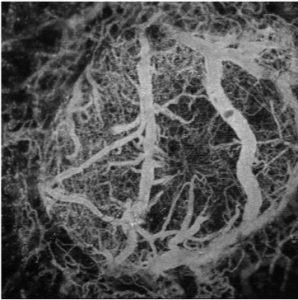
Over the summer I got to experience the everyday activities of a graduate student. I come in everyday and I might not have a set schedule for the day but there is a problem to solve and my job is to figure out how to solve it.
This REU has helped me realize that I want to go to graduate school so that I can change the world through my work.
-Donovan Moses, Penn State University
, Filed Under: 2018, learning, research
I am Fawaz Mohsin, an Economics and Biomedical Engineering major from the University of Connecticut. I am doing research through the BME CUReS REU in Thomas Milner’s Lab this summer, which specializes in imaging and diagnostics.
We are conducting experiments with the Chick Chorioallantoic Membrane Assay(CAM). The CAM assay is basically when we expose the innards of a developing chick egg in order to observe and test on it’s vasculature.
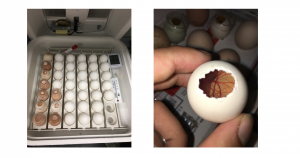
The reason our lab is using the CAM assay is to practice using our 1070 laser to coagulate blood vessels. Why is this important? In many surgeries, patients can die from bleeding out. If we can coagulate blood vessels using the 1070 laser, surgery can be performed without any fear of losing too much blood.
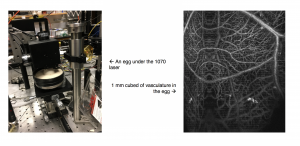
The problem is that we need to pin down the specific intensities, powers, and durations of laser beam needed to coagulate blood vessels of different sizes at different depths beneath the skin. In order to do this, we need to collect many data points and recognize a trend. On top of this, the procedure we were following for the CAM assay was producing a very low yield, with high risk of infection.
Through trial and error, I was able to perfect our procedure to produce a high yield of healthy, developing eggs – with a lower chance of infection. On top of this, we have had several successes in using the 1070 laser to coagulate blood vessels, giving us several data points.
The skills I am gaining could not have been learned anywhere else.
-Fawaz Mohsin, University of Connecticut

